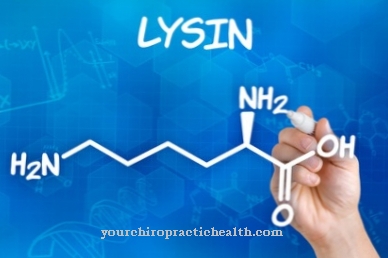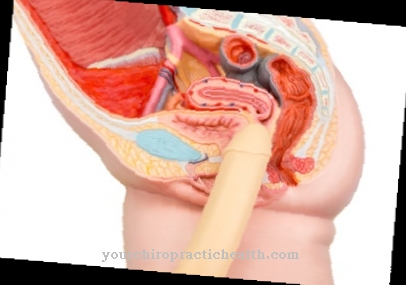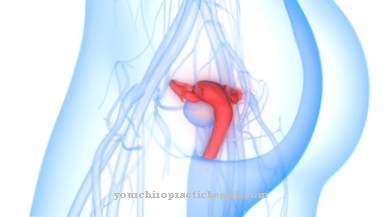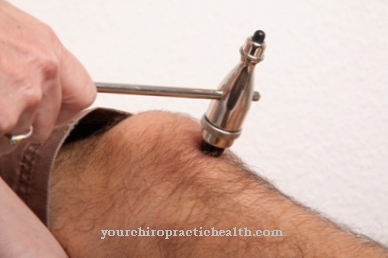Every day, people have to find their way around in time and place. It is important to meet deadlines at a certain time and place. To make this possible, humans have a cognitive ability - the Orientation ability.
What is the orientation ability?

The concept of orientation comes from psychology. In general, the ability to orientate is the ability to find one's way in space, time or in one's own individual.
The mental orientation ability accordingly includes spatial and temporal perception as well as the awareness of oneself. The latter includes one's own identity and the related references; situational awareness. This is used to decide how people behave and act in different situations.
In a narrower sense, orientation means, in most cases, the ability to orientate locally. The ability to orientate is also one of seven skills required for the smooth execution of motion sequences. It interacts with the ability to adapt, the ability to react, the ability to differentiate, the ability to connect, the ability to balance and the ability to rhythmic.
The basic sense of direction is innate. It differs from person to person, but it can also be developed with practice. There is a connection between the conscious perception of the environment in which a person is and the ability to orientate.
In general, spatial orientation means the ability to move spatially and in a directional manner. Various sensory organs are required for this, which enable us to find our way around. The ears and eyes are primarily used for pure orientation.
If the movement in space is added, the muscles (depth sensitivity) and the sense of balance also play a role. In animals, the sense of smell or temperature perception are used for orientation even more than in humans (in addition to other senses, such as sonar, which humans do not have).
Function & task
Orientation plays an important role for humans and animals. Spatial orientation is learned primarily through movement in space and is therefore related to memory. The brain stores places that have been visited as impressions. If the person visits this place again, they will in most cases be able to remember it. The more often this place is visited, the better the person will memorize it. This is also related to the amount of time the person had time to look at the place.
The same applies to distances that a person covers. The spatial orientation not only serves to move in a directional way over a certain distance to a place, but also helps not to offend during this process.
On the one hand, orientation has the function of helping people to find their way around and to remind them of rooms and places. In doing so, she uses her memory and stored impressions of her surroundings. The prerequisite for this, however, is the conscious perception of the space.
On the other hand, people use the ability to orient themselves together with their sense of balance to cover distances without, for example, walking into objects or other people.
If a sense organ, which is used for orientation, is temporarily or permanently damaged or disabled, it is more difficult for people to find their way around. In this case he is often forced to use other senses for help. For example, people find it difficult to orientate themselves in the dark in rooms that are unknown to them.
The eye is no longer a guide and the person concerned is forced to use the sense of touch to avoid running into objects or even stumbling over things. As a result, he will automatically move more slowly and less safely in this room. The orientation thus also serves to protect against movements in the broadest sense.
You can find your medication here
➔ Medicines for concentration and orientation disordersIllnesses & ailments
The ability to orientate is in interaction with goal-oriented reflexes. In the event of a fall, people support themselves - if they can - to avoid injuries. Spatial orientation is also required for this process, for example in order to be able to estimate distances.
If the interaction of the various senses is disturbed, the ability to orientate is reduced. This can cause disorientation, dizziness, or nausea.
Illnesses or complaints that cause dizziness, for example, are generally associated with a lack of orientation. The sense of balance is disturbed and, depending on the severity, the person affected is no longer able to find their way around the room. In some cases, falls and injuries can occur because the spatial orientation no longer functions to the full.
If the ability to orientate is not constant, the expert speaks of disorientation, and if there is complete lack of orientation, it is disorientation. This applies not only to the spatial area, but also to the temporal or personal area.
People with disorientation can often neither determine the time nor the place. Depending on the severity, for example in the case of amnesia, the knowledge of one's own self can also be disturbed.
Illnesses associated with disorientation can be various mental illnesses such as psychoses, but also physical illnesses such as dementia and Alzheimer's. In the latter, the disorientation is related to memory disorders, among other things.
But sleepwalking is also associated with disorientation. It looks similar with other psychogenic orientation disorders. They are counted among the dissociative disorders in medicine and psychology. Carbon monoxide poisoning, sleep deprivation, increased body temperature or increased intracranial pressure can also be associated with difficulties with orientation.
As a symptom of the disease, a loss of orientation usually takes place first in time, then in space. Only then is the orientation of one's own self disturbed. Affected people forget, for example, the simplest information about themselves or people around them. This could be your best friend's hair color, your own birthday or even your own name.



























